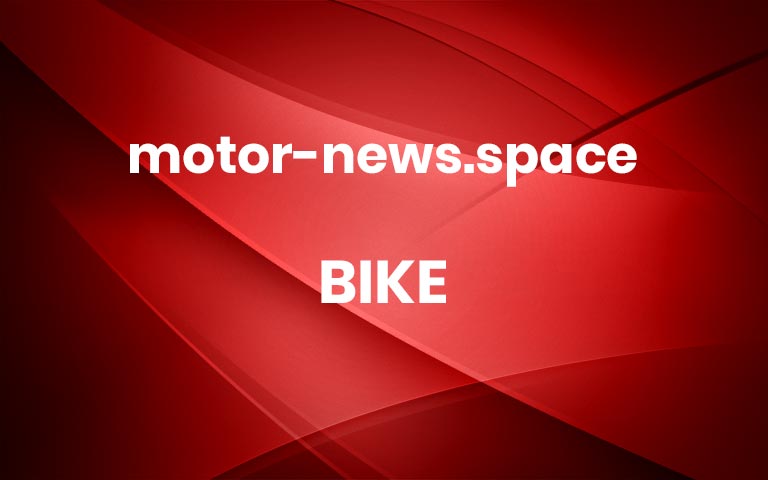Top 10 Two Wheelers Oct 2021 – Splendor, Activa, Pulsar, Jupiter, Apache
Image – Vlogger Satyam GuptaTop 10 two-wheeler wholesales in October 2021 take a beating, sales decline reported at 16.78 percent
Two wheeler sales always gets one’s attention considering the sheer volumes that are sold month after month. When it comes to the top of the order, it’s the usual suspects that lead by a margin. Cumulative wholesales for top 10 two wheelers last month fell by 16.78 percent.
Volume fell to 11,26,760 units, down from 13,53,972 units. Volume loss is reported at 2,27,212 units. While this isn’t indicative of what the market holds for the months to come, there’s no denying that festive season sales for 2021 were weak.
Top 10 Two Wheelers Oct 2021
Hero Splendor wholesales account for most numbers at 2,67,821 units. Volume loss was just below 48k units, down from 3,15,798 units at 15.19 percent decline. While the top order always sees motorcycles dominate, as usual, Honda Activa scooter defies odds and pulls in 2nd.
Wholesales are reported at 1,96,699 units, down from 2,39,570 units at volume loss of 42,871 units. Sales decline stood at 17.89. Both top sellers together account for just over 40 percent of total sales in the top order.
Top 10 Two Wheelers Oct 2021
Bajaj Pulsar and Platina sales
Hero HF Deluxe sales fell by almost 30 percent. Wholesales dropped to 1,64,311 units, down from 2,33,061 units. Sales volume fell by 68,750 units. Honda CB Shine sales decline was comparatively lower at 4.21 percent. Wholesales fell to 1,13,554 units, down from 1,18,547 units. Volume loss is reported at under 5k units.
Bajaj Pulsar sales fell by about 37 percent. This effectively took wholesales to under a lakh units at 86,500 units. Volume loss stood at 51,718 units, down from 1,38,218 units. Pulsar 250 has been launched in the meantime. Deliveries for which have now commenced.
Bajaj Platina sales is the only motorcycle that’s in the green in the top list. Wholesales grew by about 38 percent, up at 84,109 units. Volumes grew by 23,142 units, up from about 61k units.
Top 10 Two Wheelers
Oct-21
Oct-20
%
1. Hero Splendor
2,67,821
3,15,798
-15.19
2. Honda Activa
1,96,699
2,39,570
-17.89
3. Hero HF Deluxe
1,64,311
2,33,061
-29.50
4. Honda CB Shine
1,13,554
1,18,547
-4.21
5. Bajaj Pulsar
86,500
1,38,218
-37.42
6. Bajaj Platina
84,109
60,967
37.96
7. TVS Jupiter
72,161
74,159
-2.69
8. TVS XL100
55,356
80,268
-31.04
9. Suzuki Access
46,450
52,441
-11.42
10. TVS Apache
39,799
40,943
-2.79
Total
11,26,760
13,53,972
-16.78
TVS XL100 sales decline
TVS Jupiter scooter sales fell marginally to 72,161 units, down 2.69 percent. Volume loss was pegged at just below 2k units, down from 74,159 units. TVS also sells the popular moped model, XL100. It is the most affordable TVS on offer, and also the one which registers highest sales for the company. Last month though, wholesales fell by a noticeable 31.04 percent, down at 55,356 units. Volume loss was pegged at just under 25k units, down from 80,268 units.
Suzuki Access sales fell by 11.42 percent. Wholesales were down to 46,450 units, down from 52,441 units. Volume loss stood at just below 6k units. Suzuki is getting ready to launch a new scooter in India. TVS Apache sales fell to 39,799 units, down from 40,943 units. Volume loss stood at 1,144 units at 2.79 percent sales decline. More



